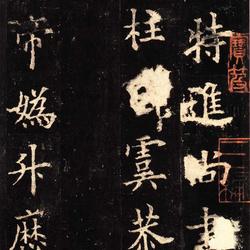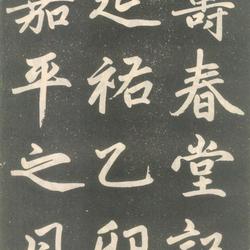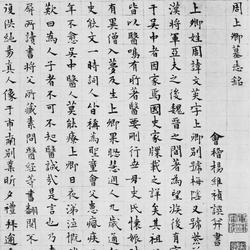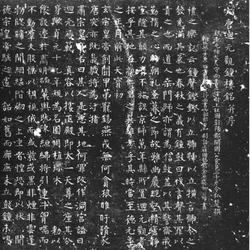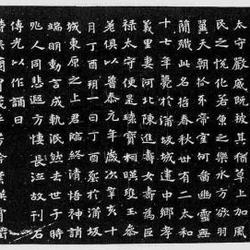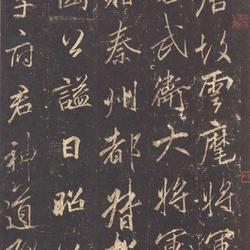《"Yuan An Monument"Seal script inscription of the Eastern Han Dynasty. The full name is "Stele of Yuan'an, Situ of the Han Dynasty". It was established in the fourth year of Yongyuan (92 AD) of the Eastern Han Dynasty. The stele is in ruins, and the last character in each line and the top of the stele have been lost. The existing stele is 1.39 meters high and 0.73 meters wide. There are ten lines of text in total, and there are fifteen characters in the full line. Some of them are inserted between five or six lines, right in the middle of the stele. Now in the Henan Provincial Museum. The origin of this stone is unknown. During the Wanli period of the Ming Dynasty (1573-1619), it was moved to the Niuwang Temple in the east of Xincun Village, Yanshi County, Henan Province (30 miles south of the city) for use as a confession. Because the words are on the bottom, no one knows it is an inscription. In early 1929, the temple was changed into Xincun Primary School. In the summer of the following year, a child was lying on his back under a stone table to enjoy the cool air. He found writings engraved on the stone. Villager Ren Jibin then used it to expand his writings. There is a recently reprinted version. There are photocopies of this book.
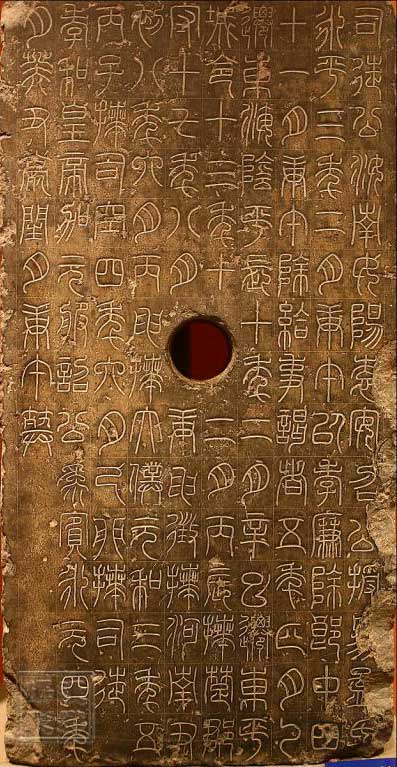
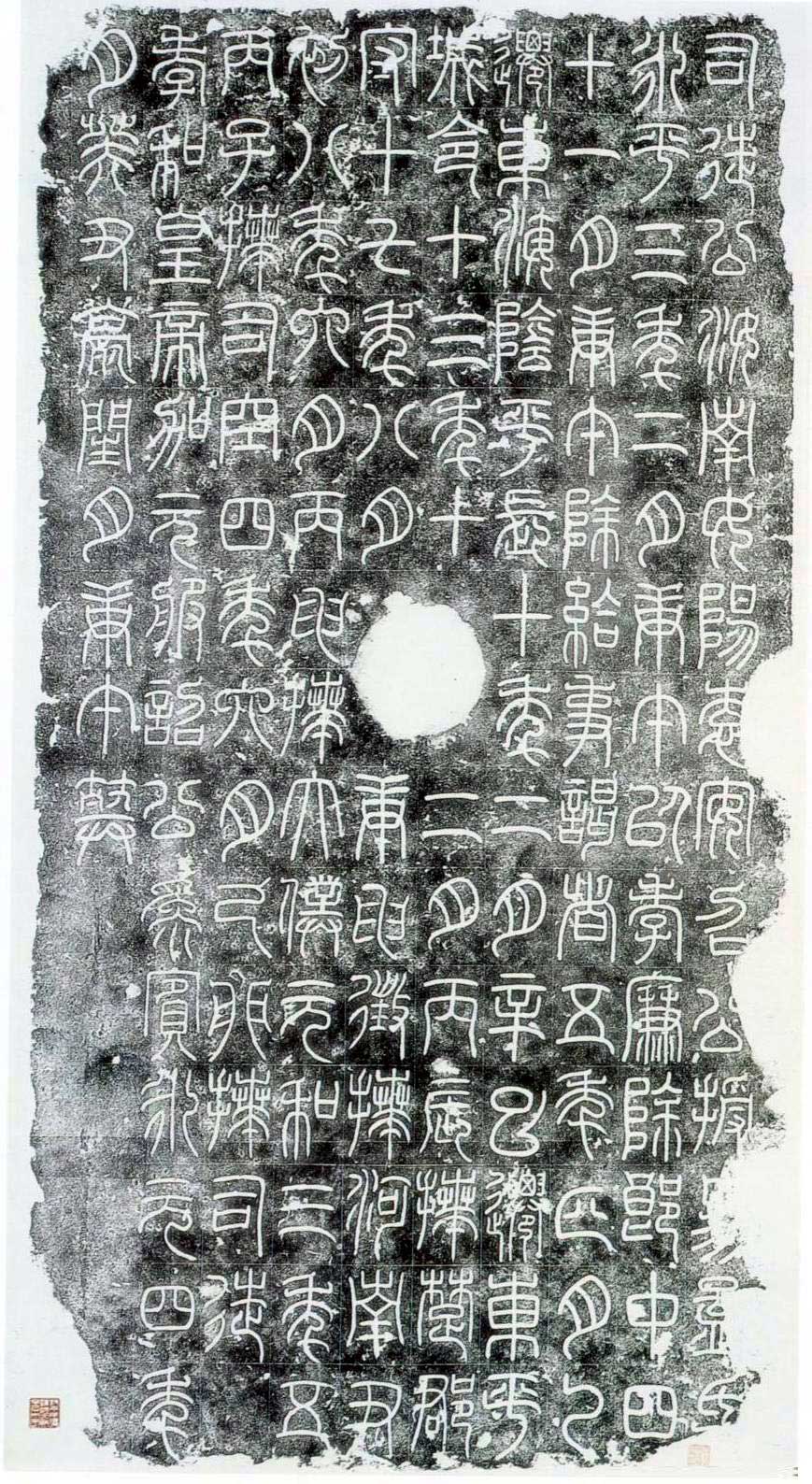
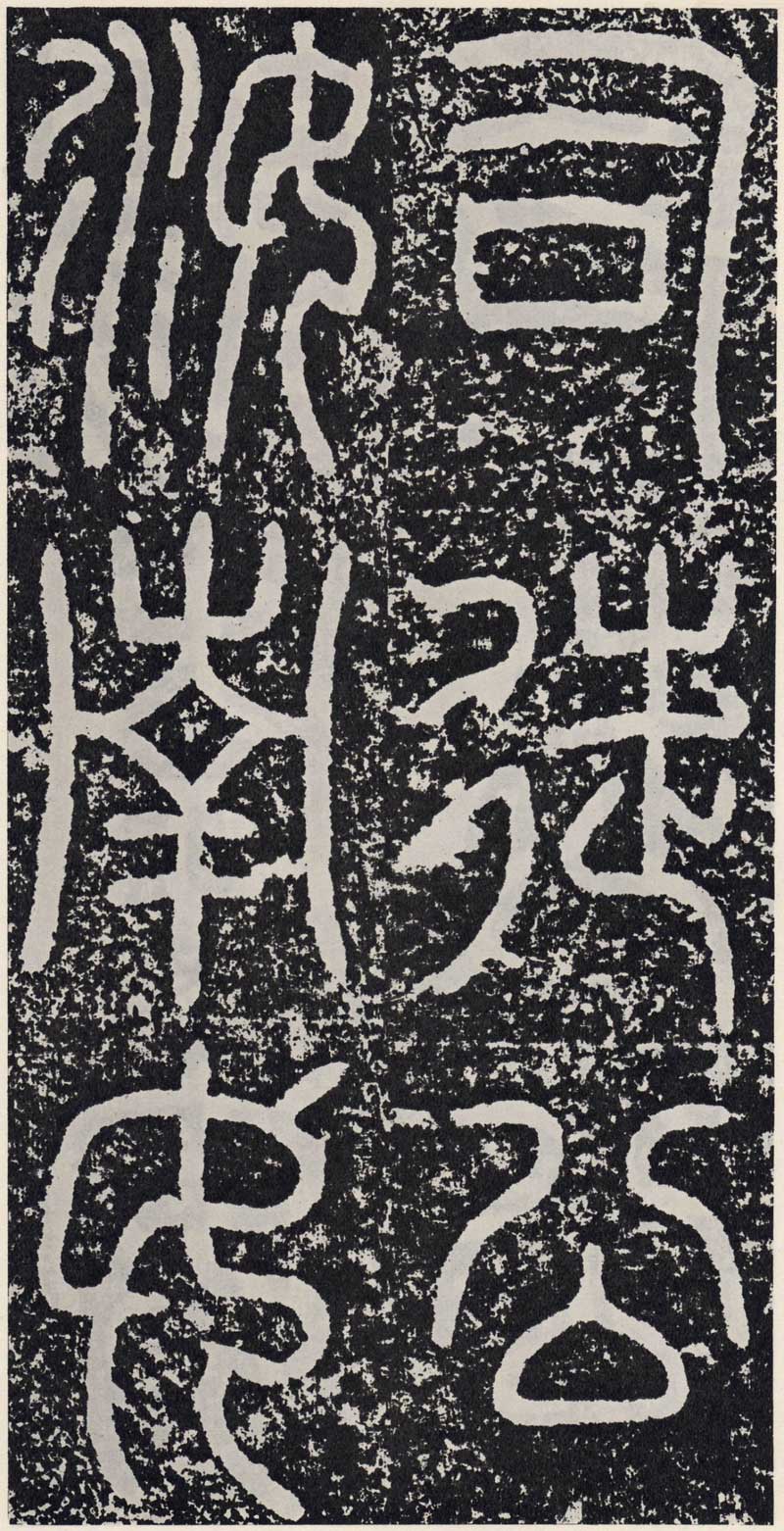
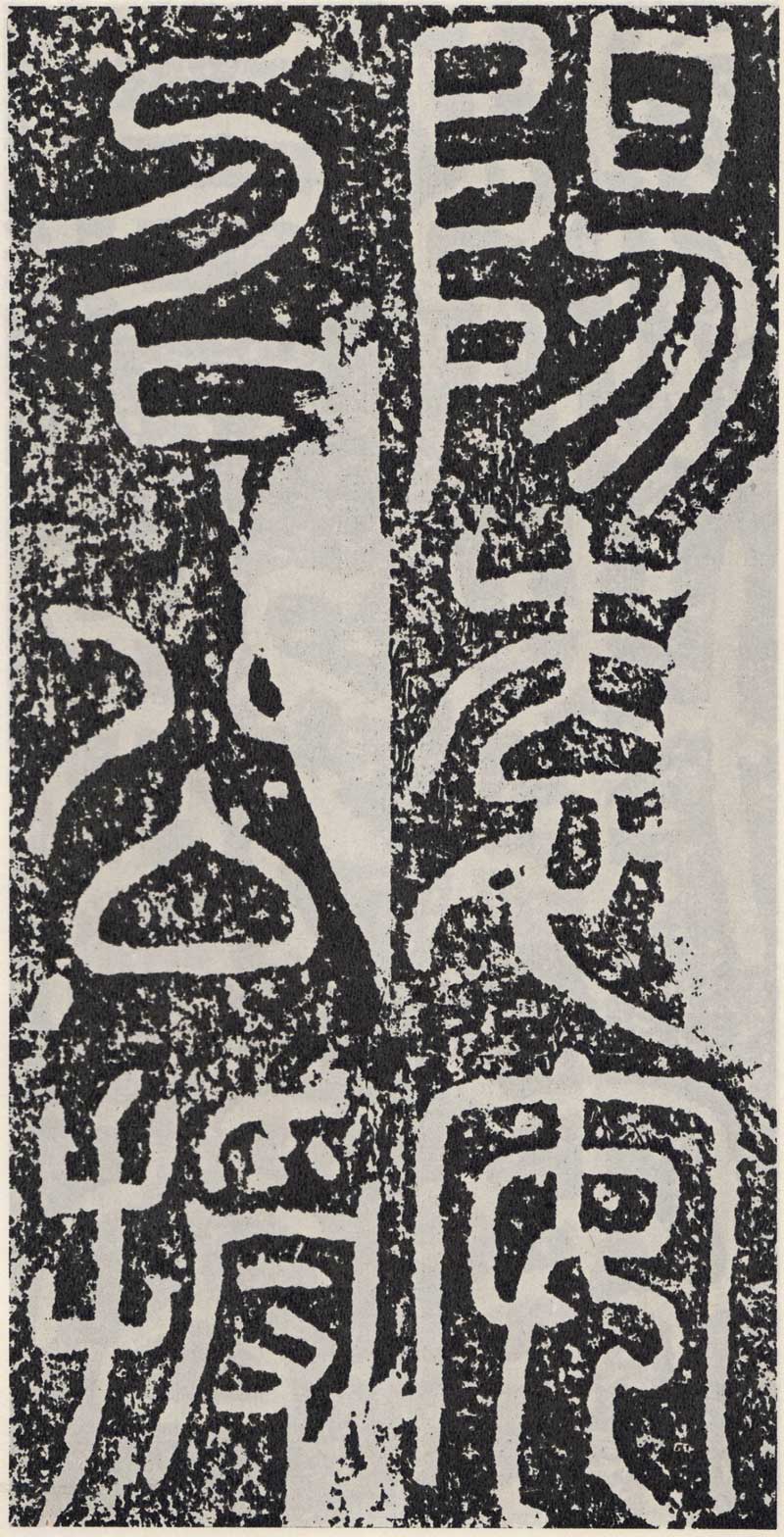
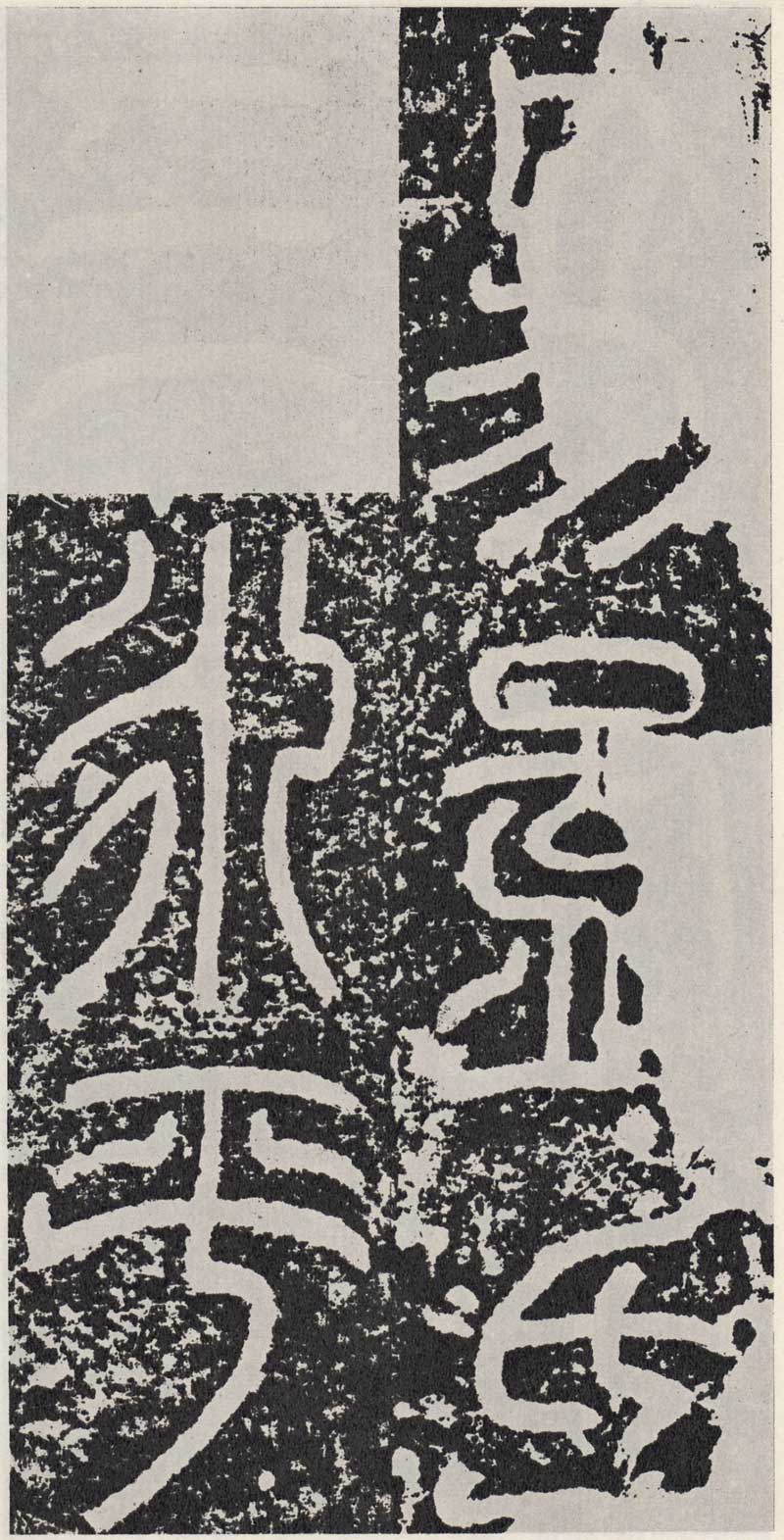
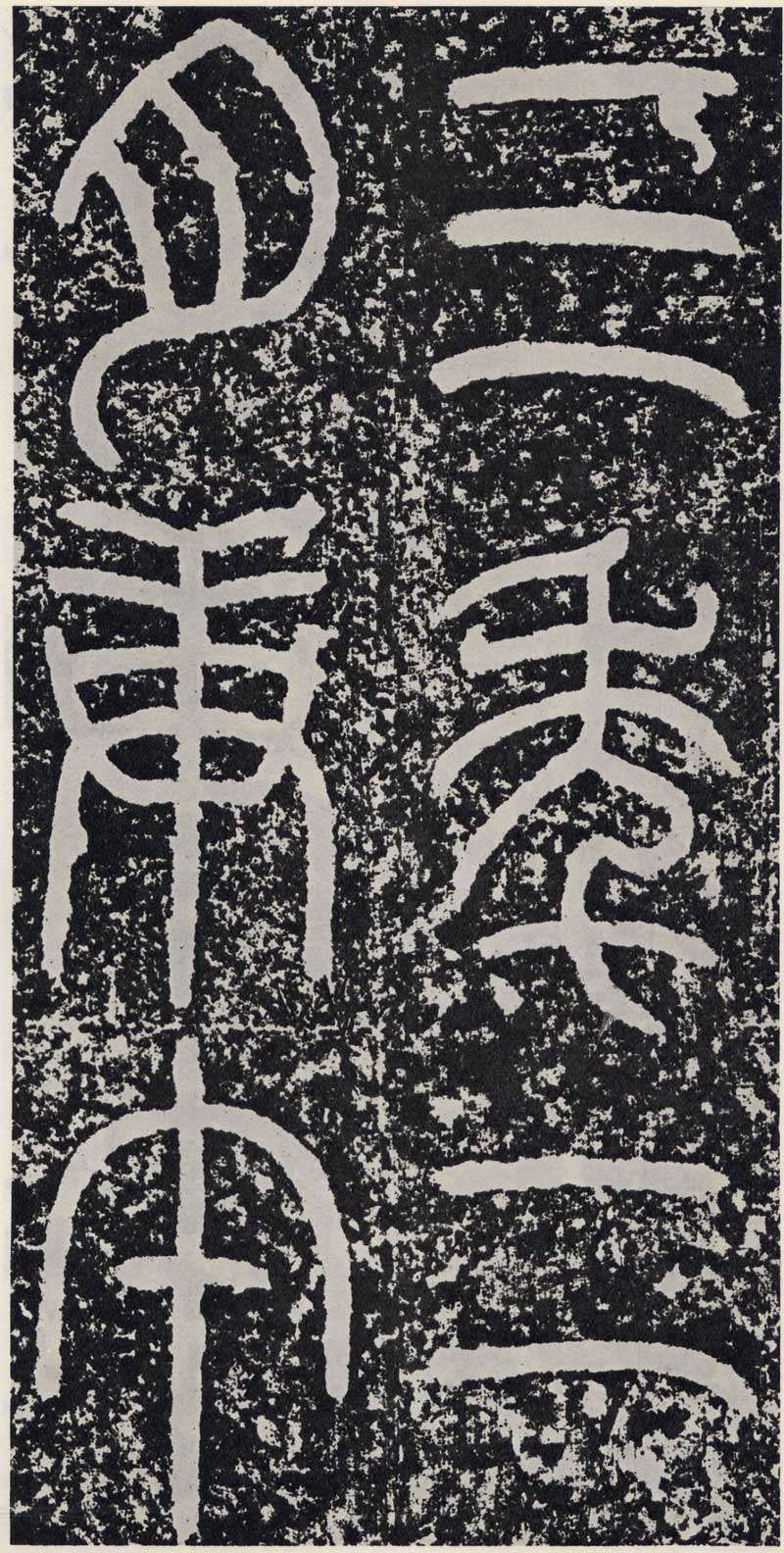
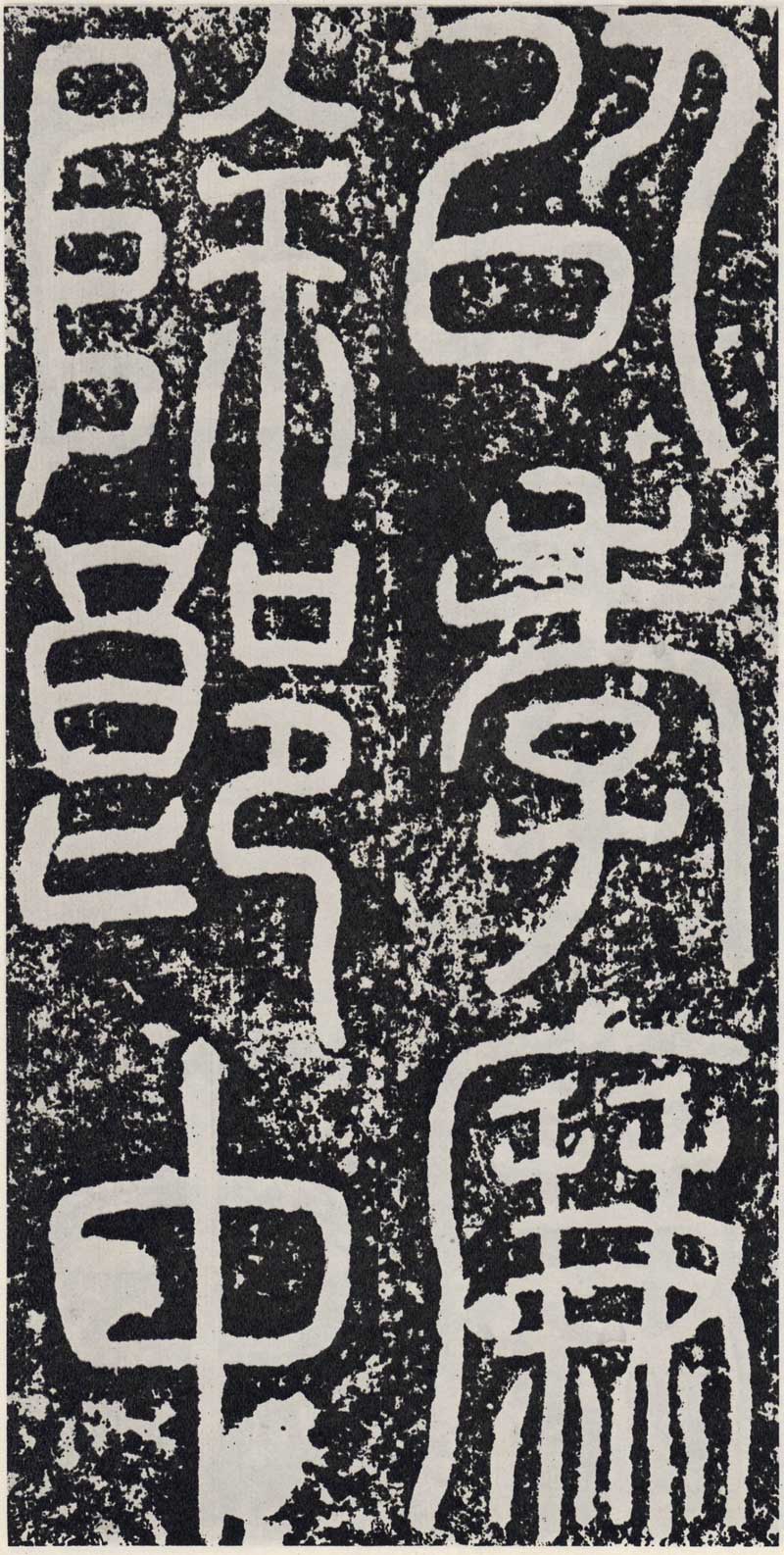
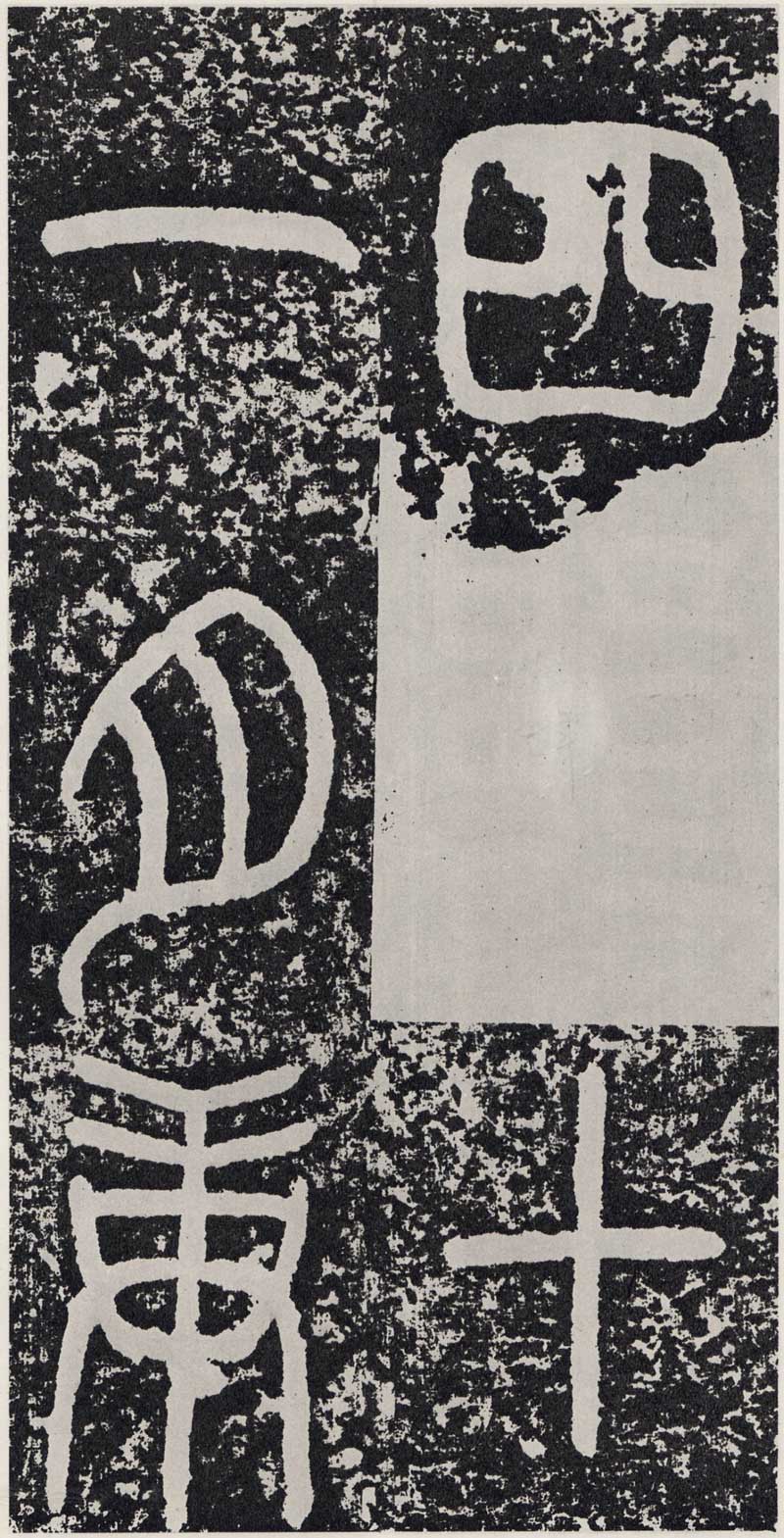
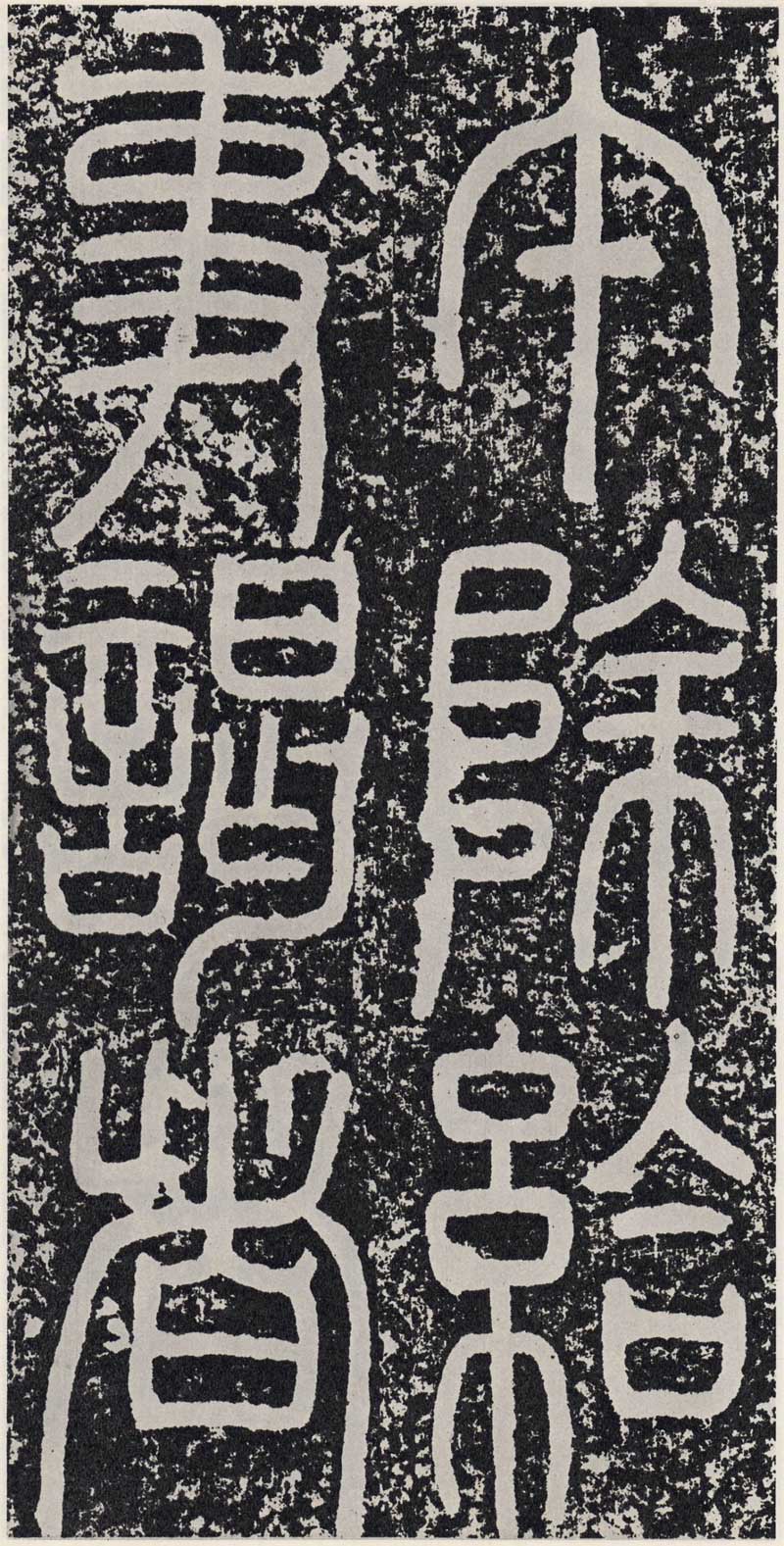
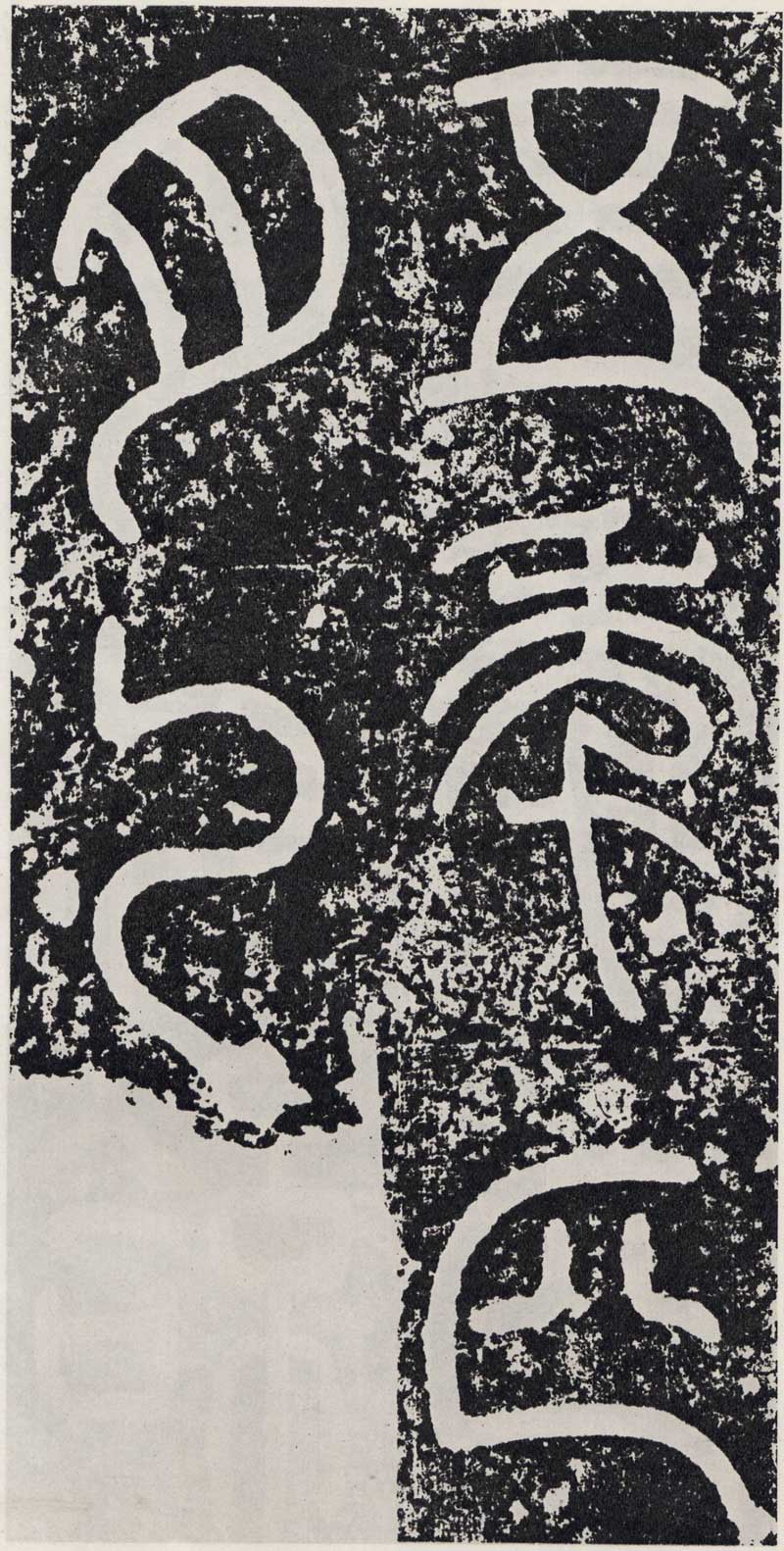
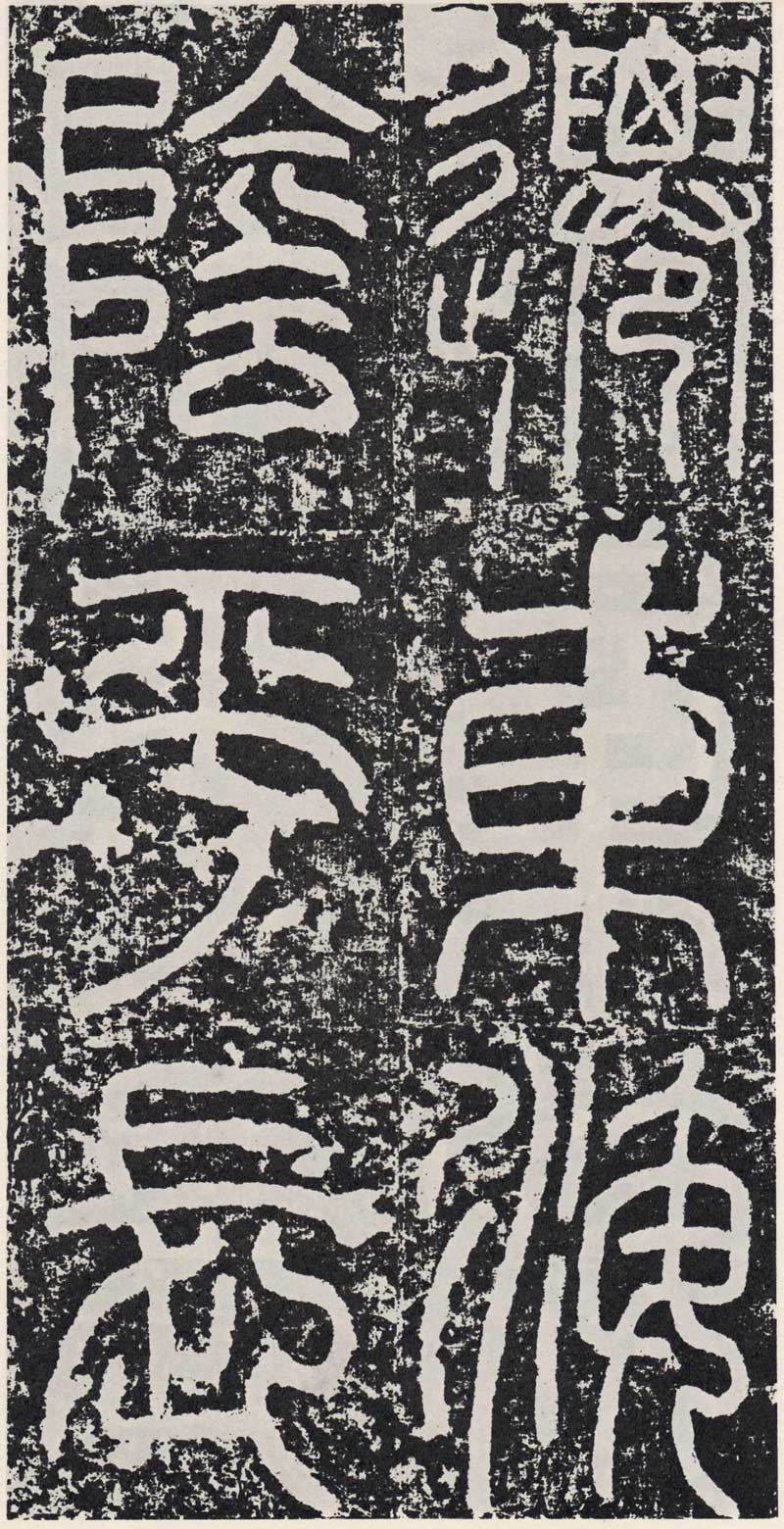
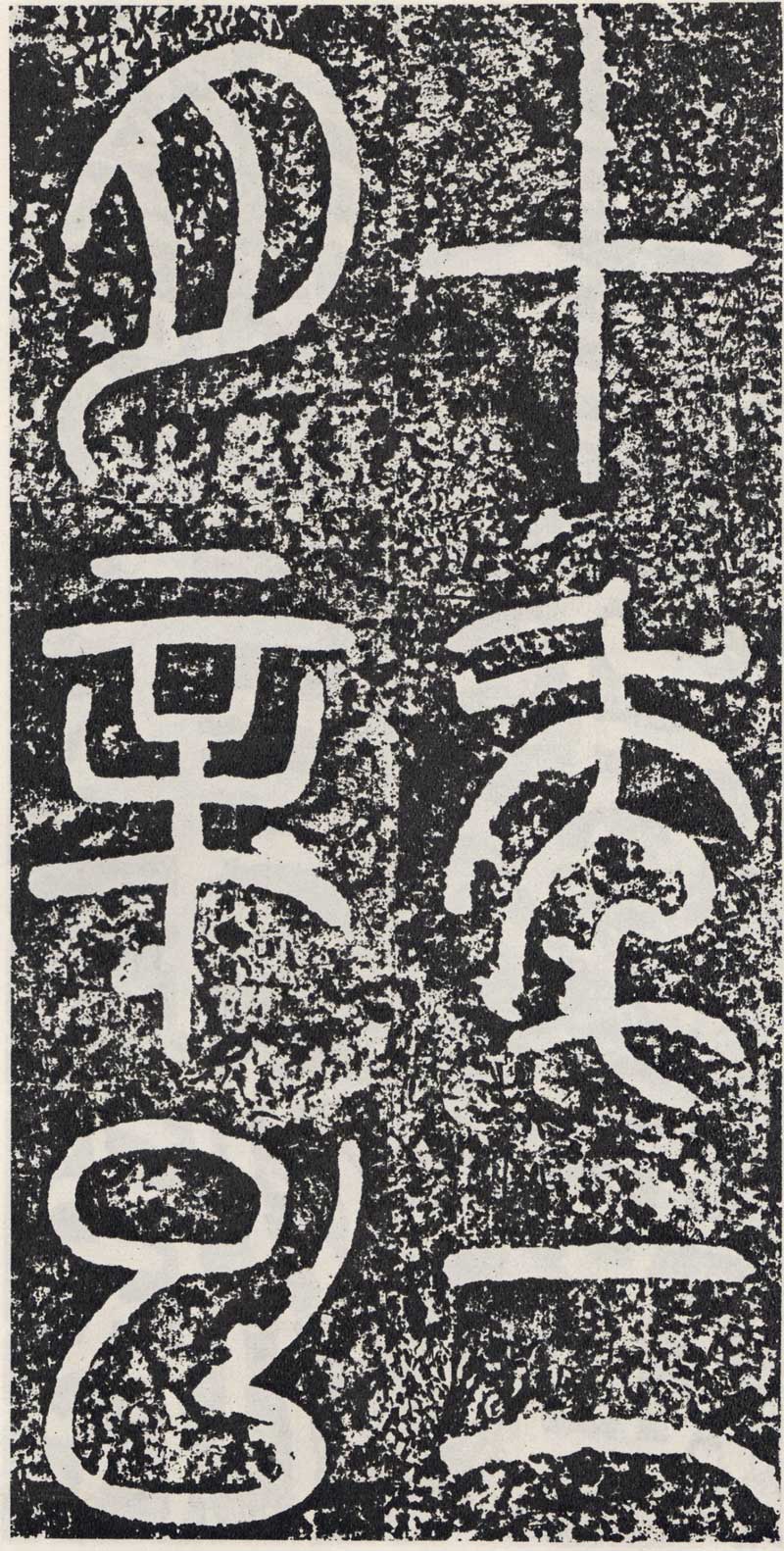
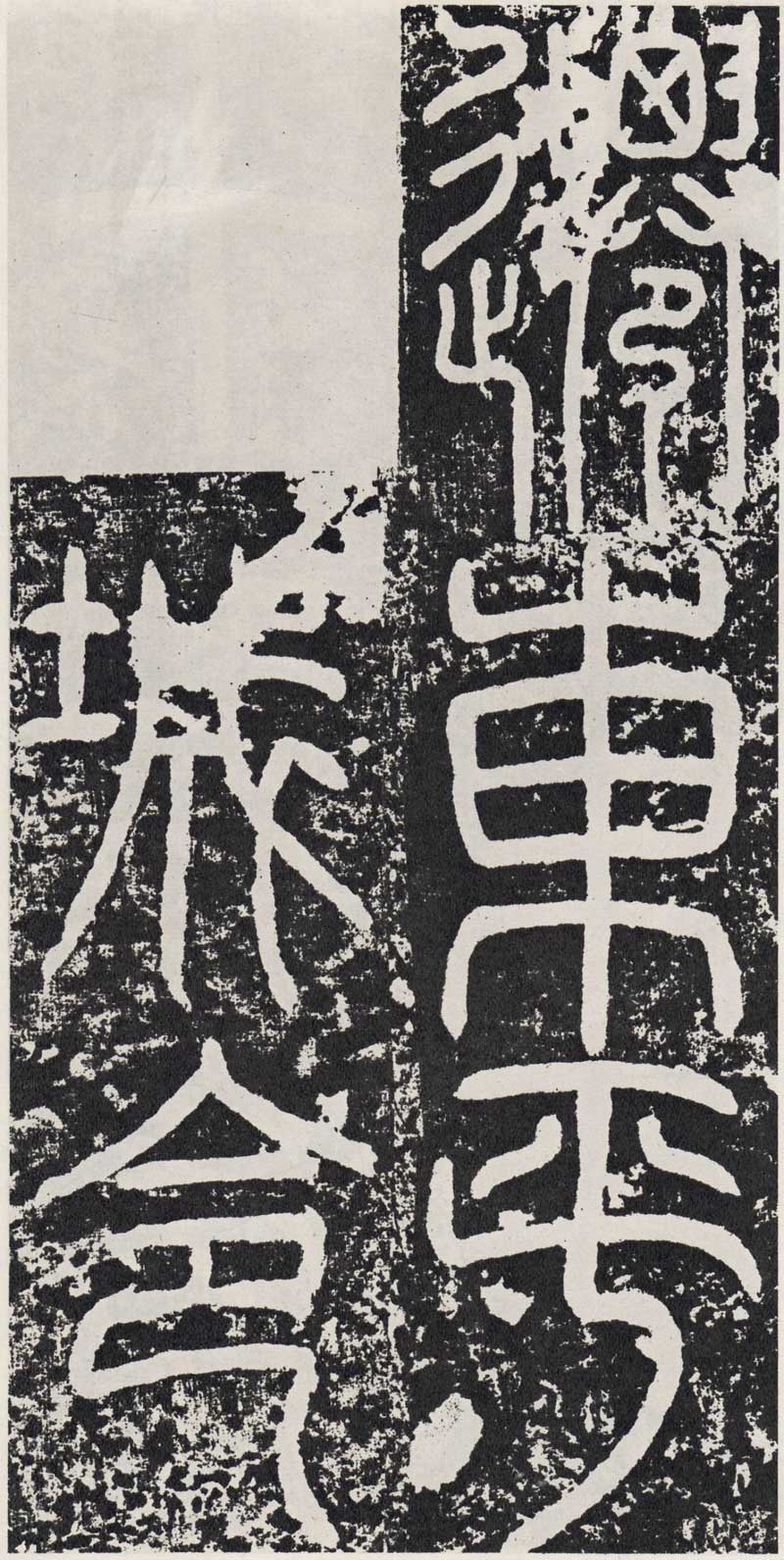
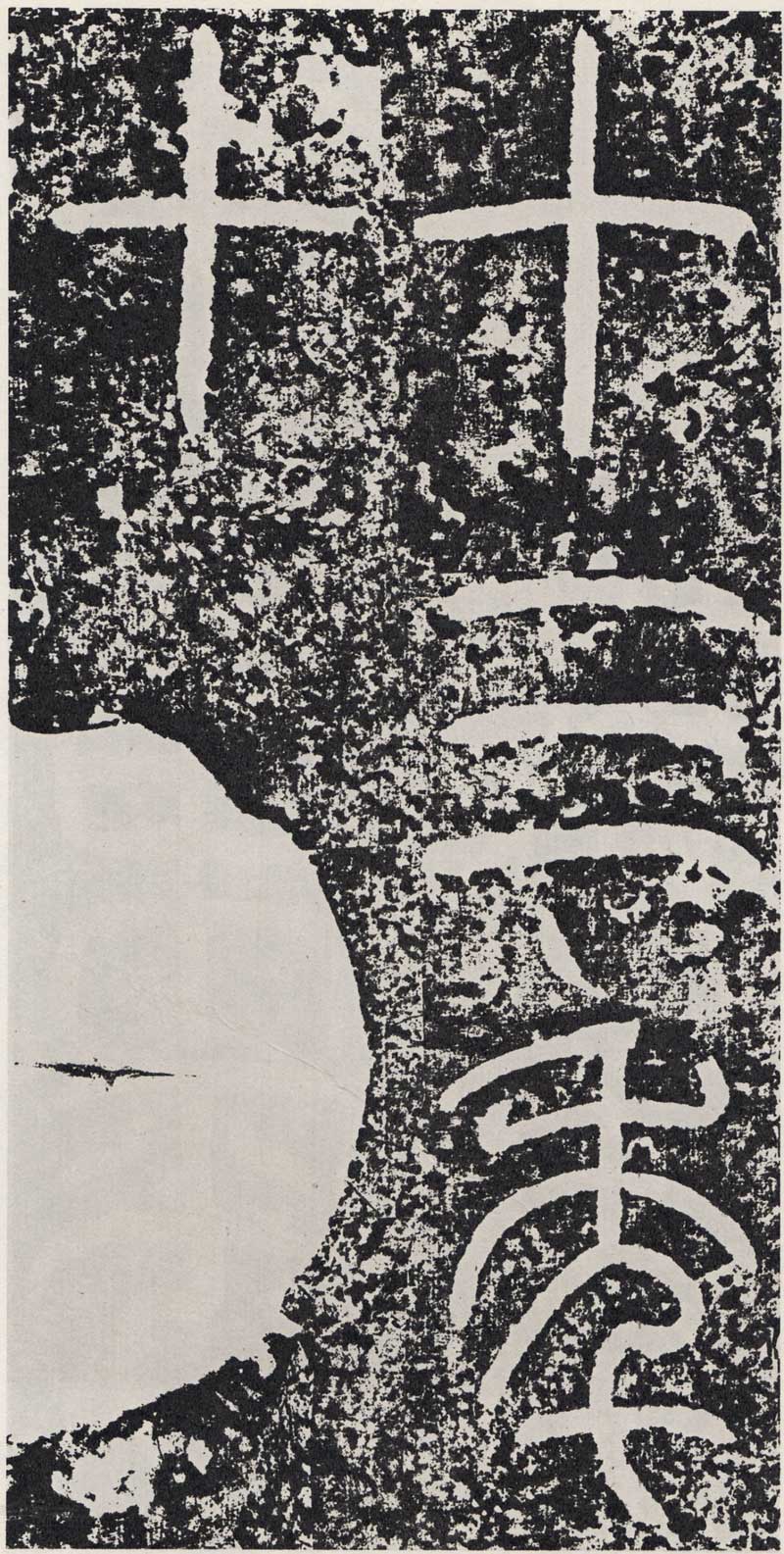
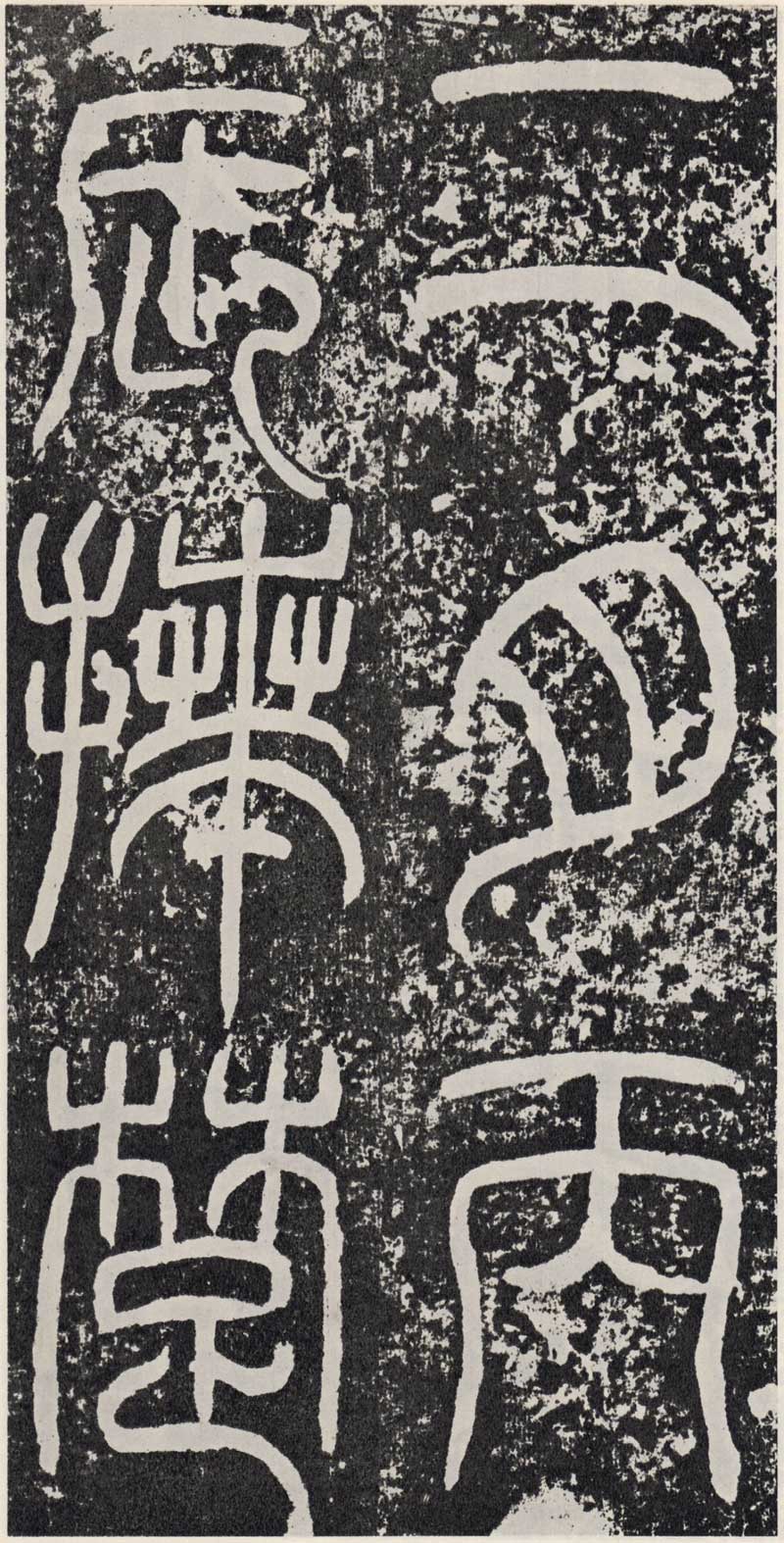
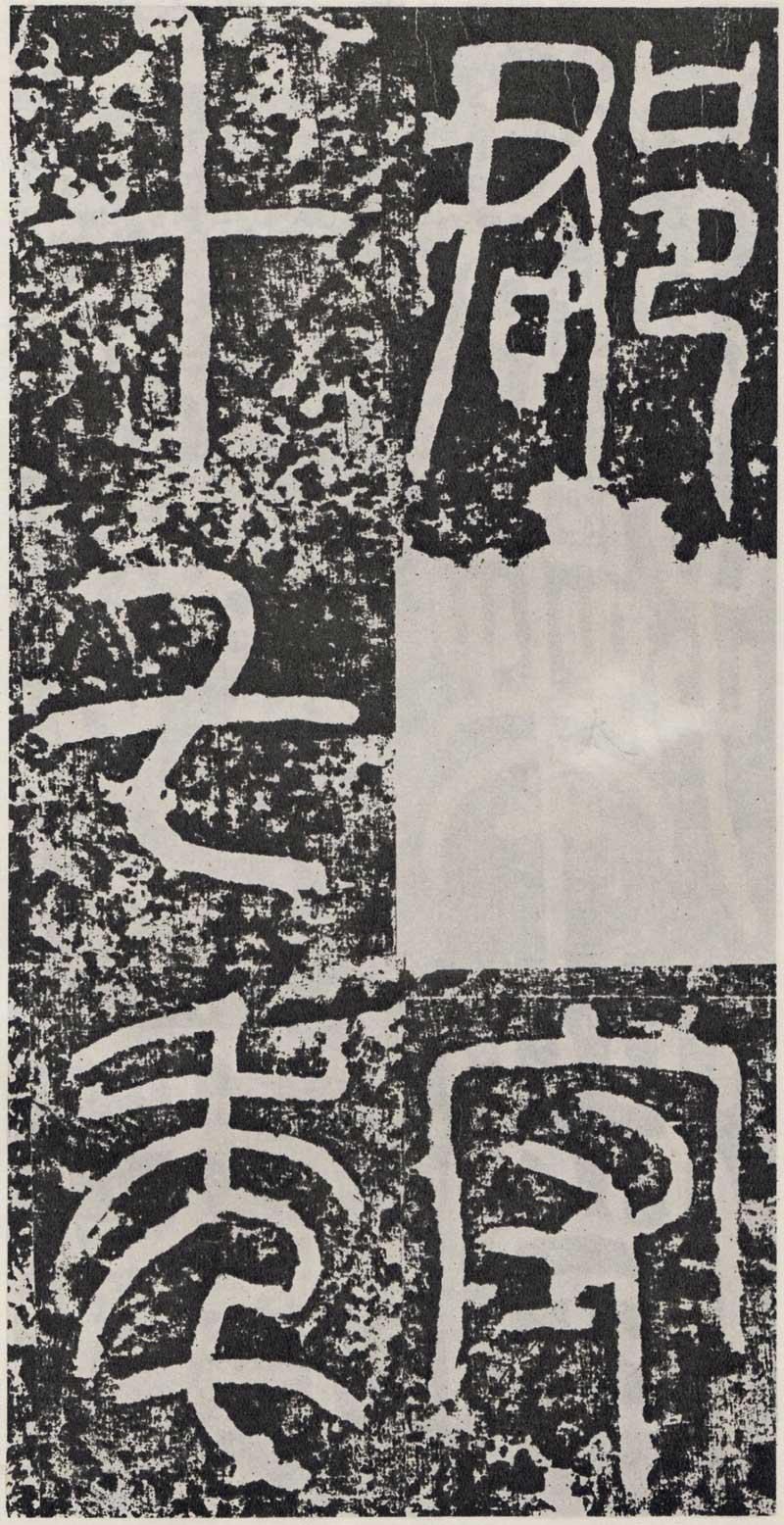
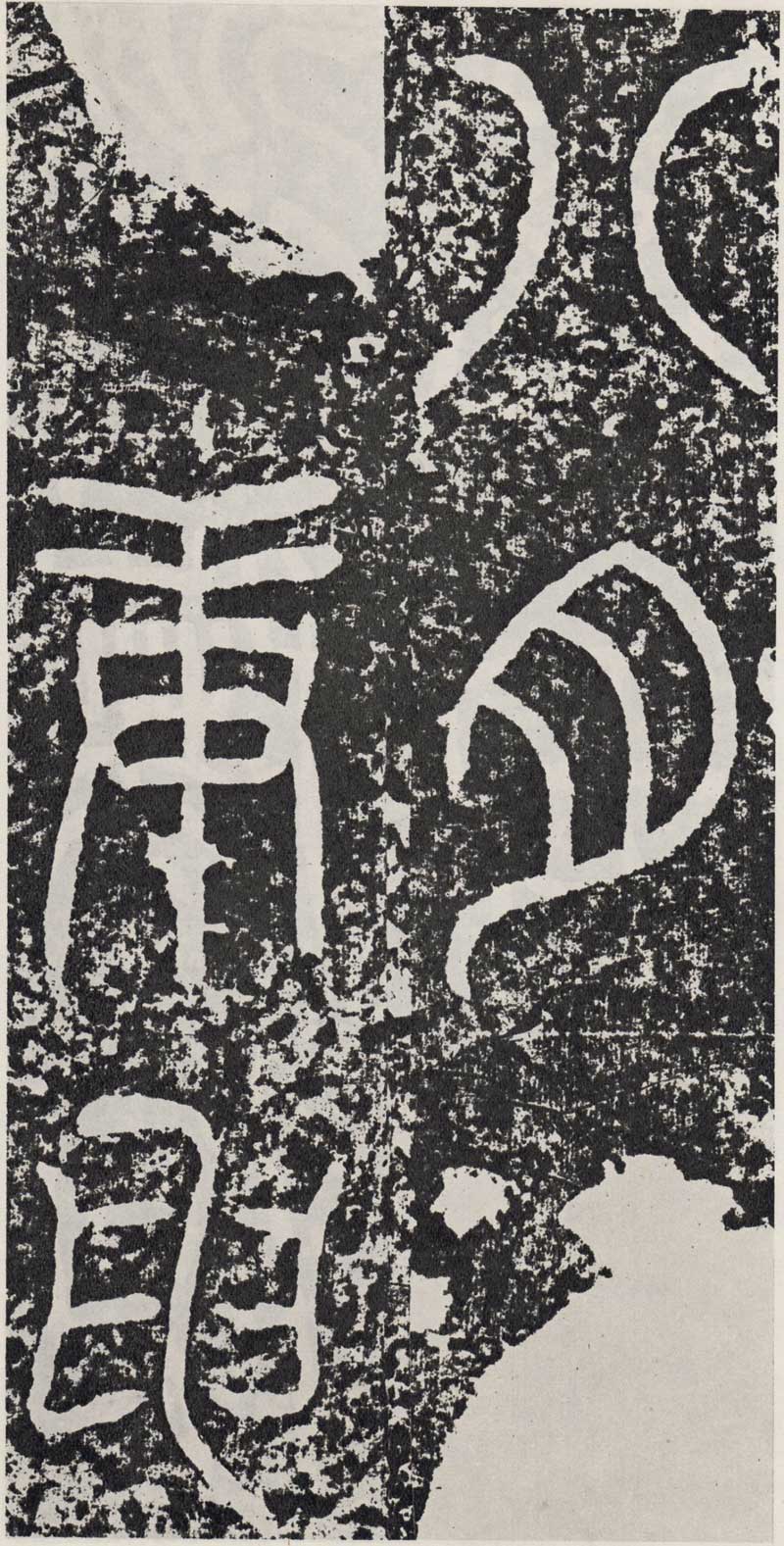
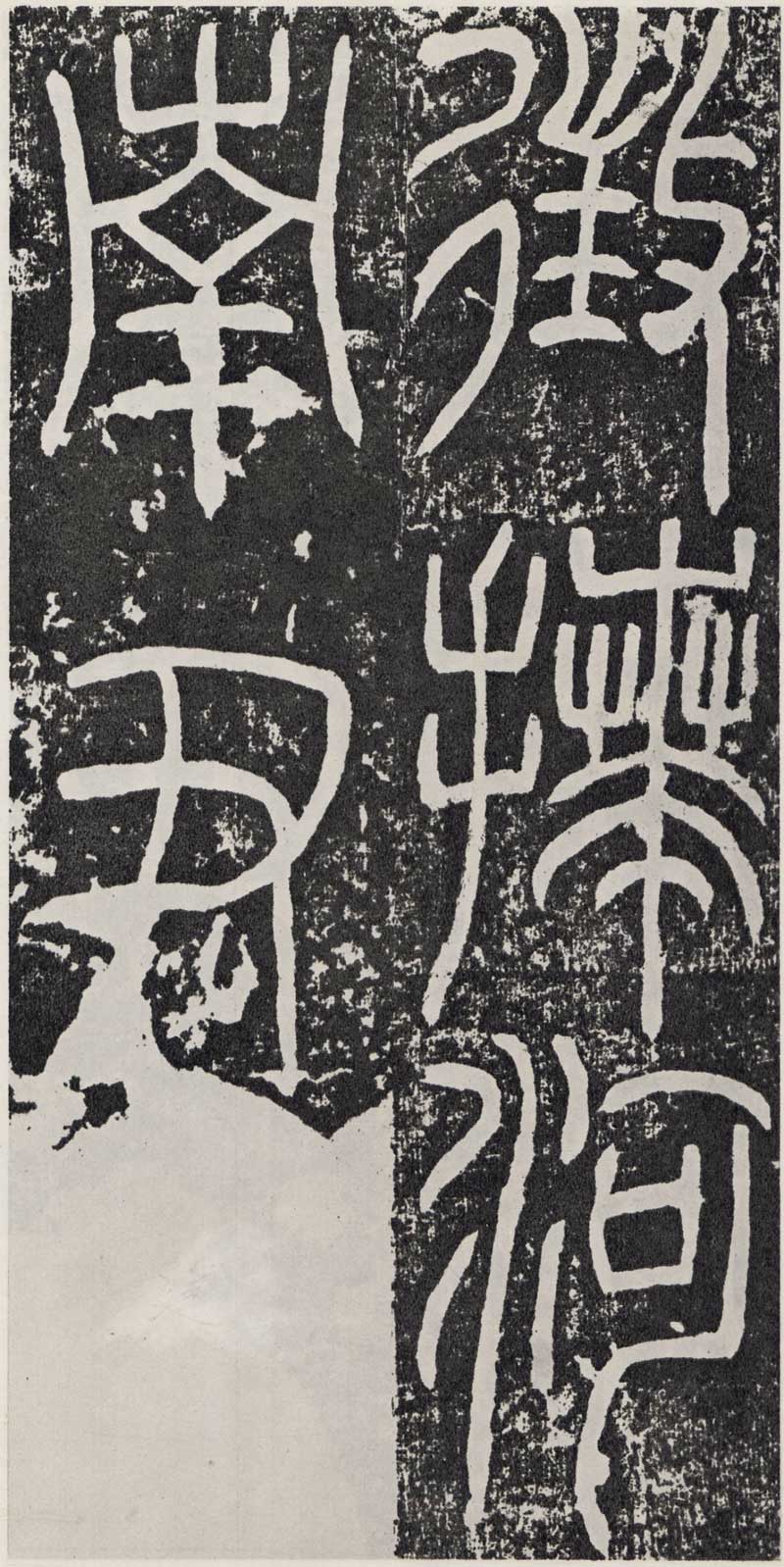
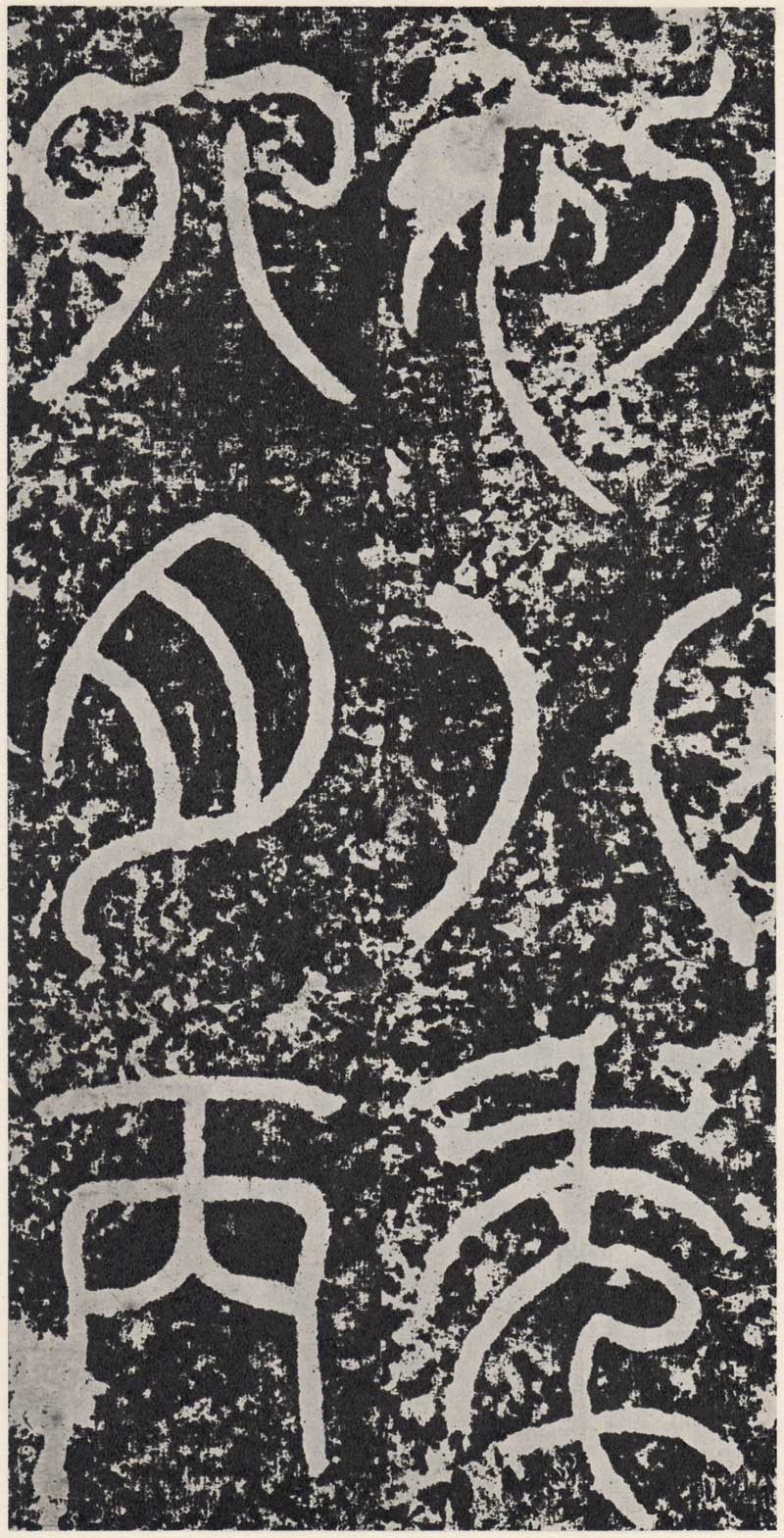
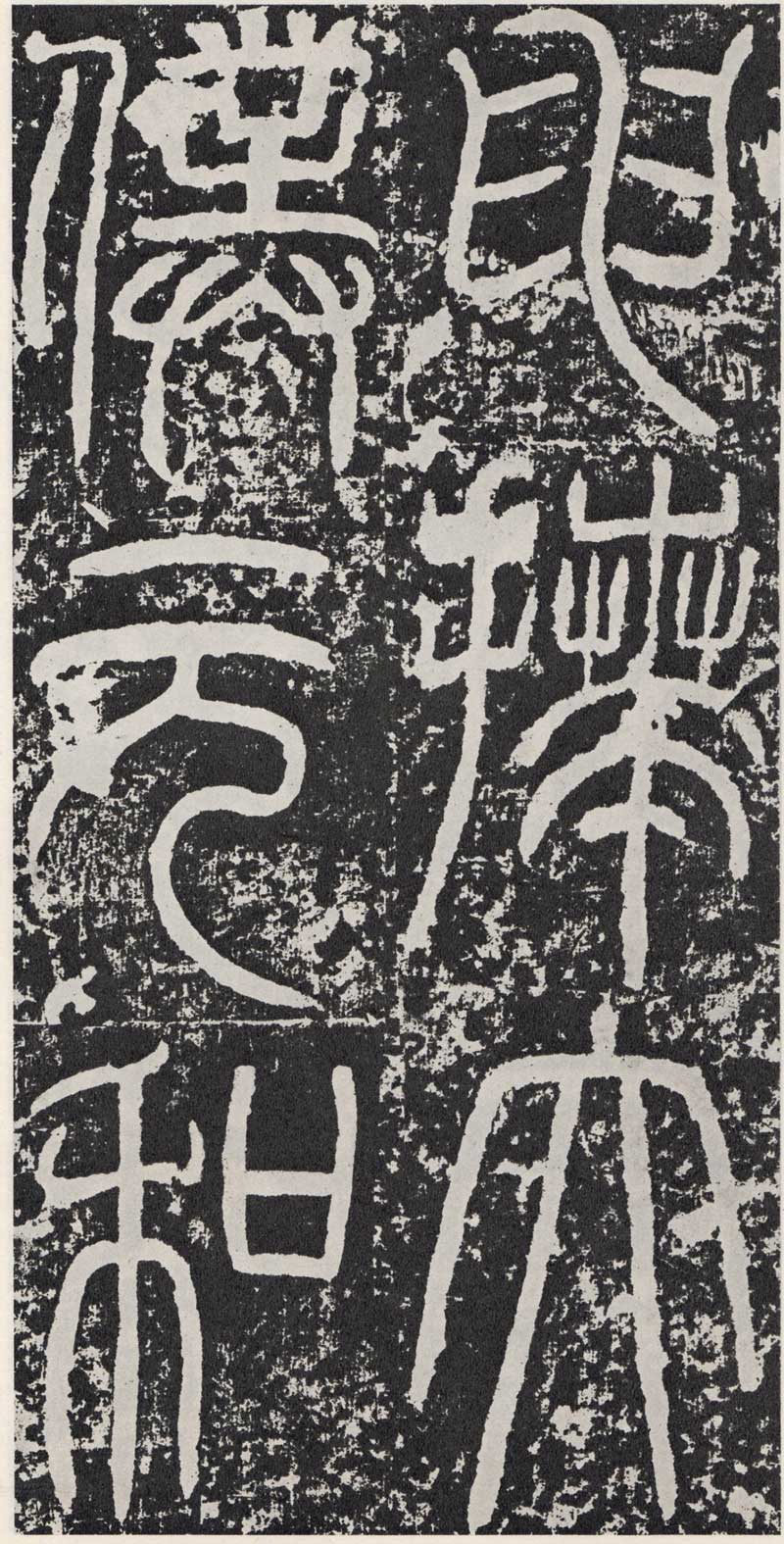
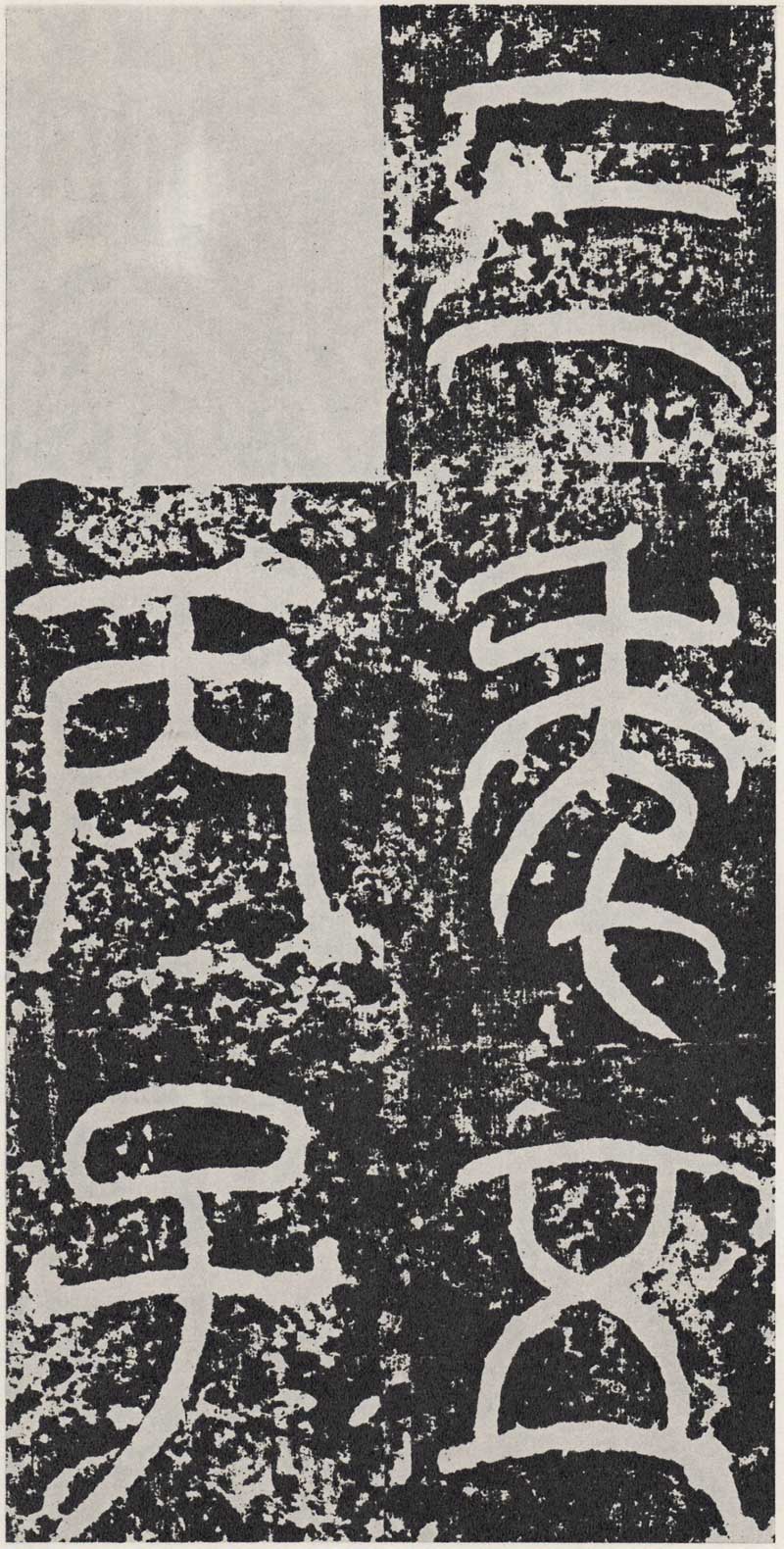
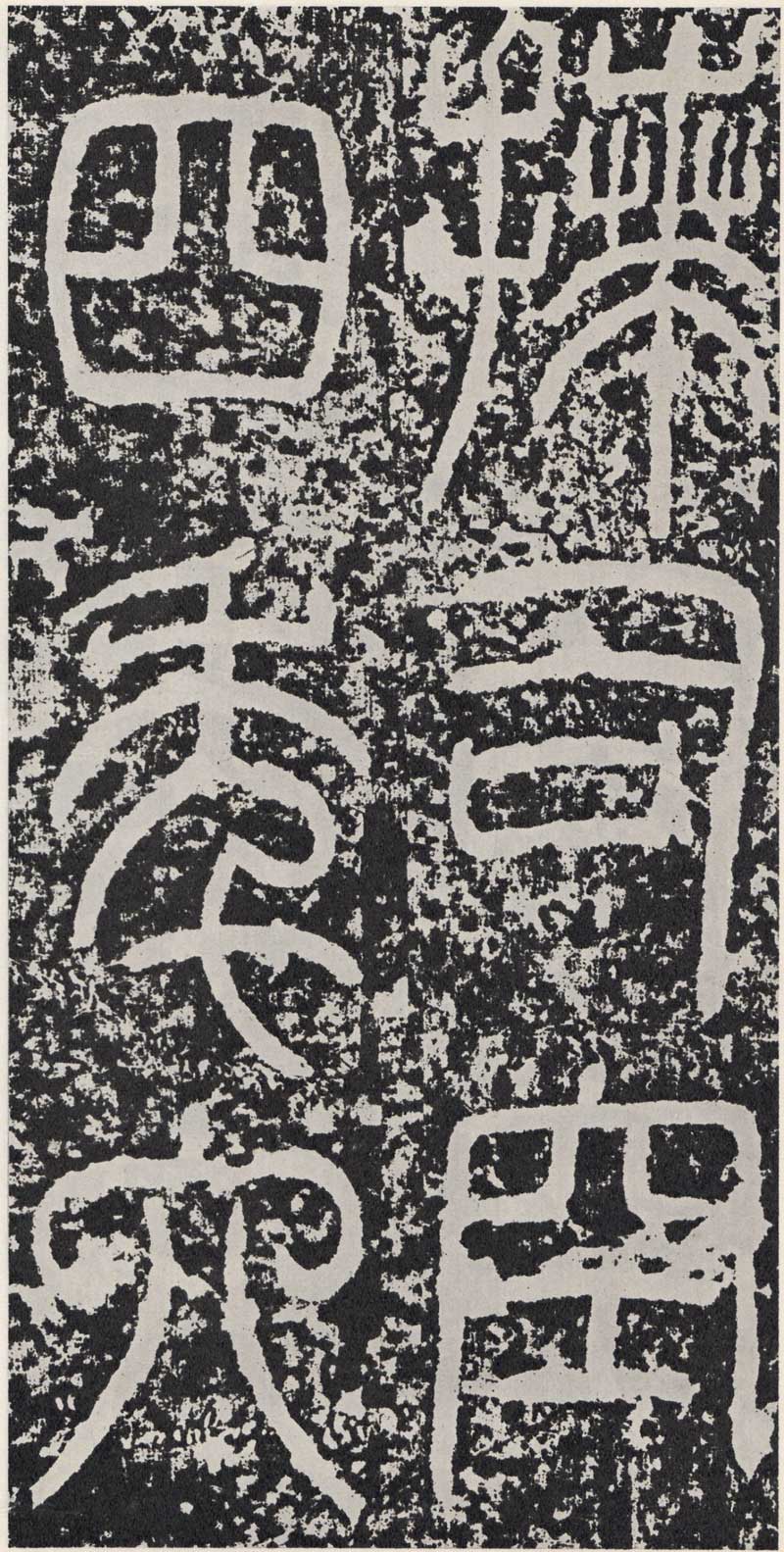
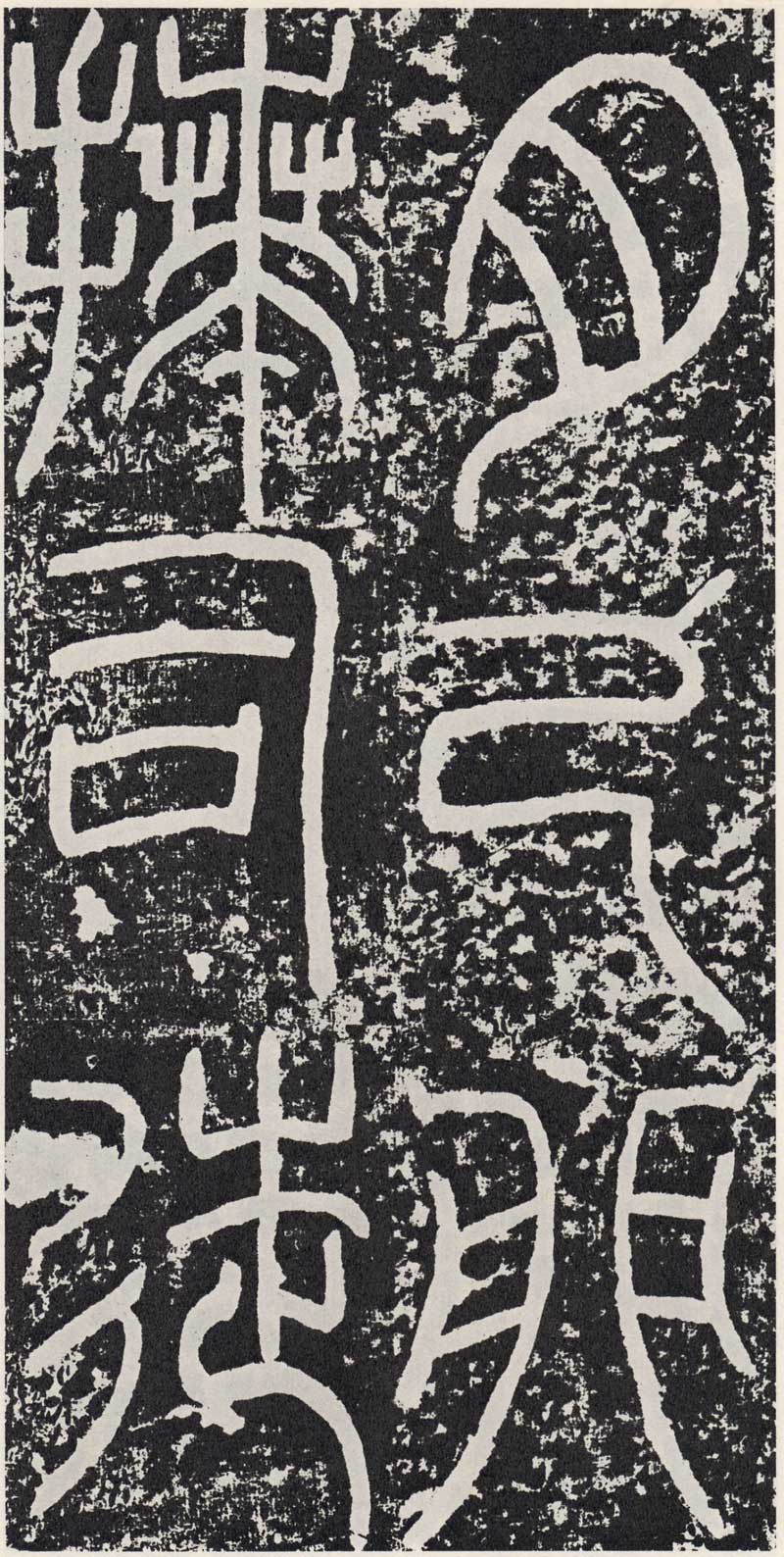
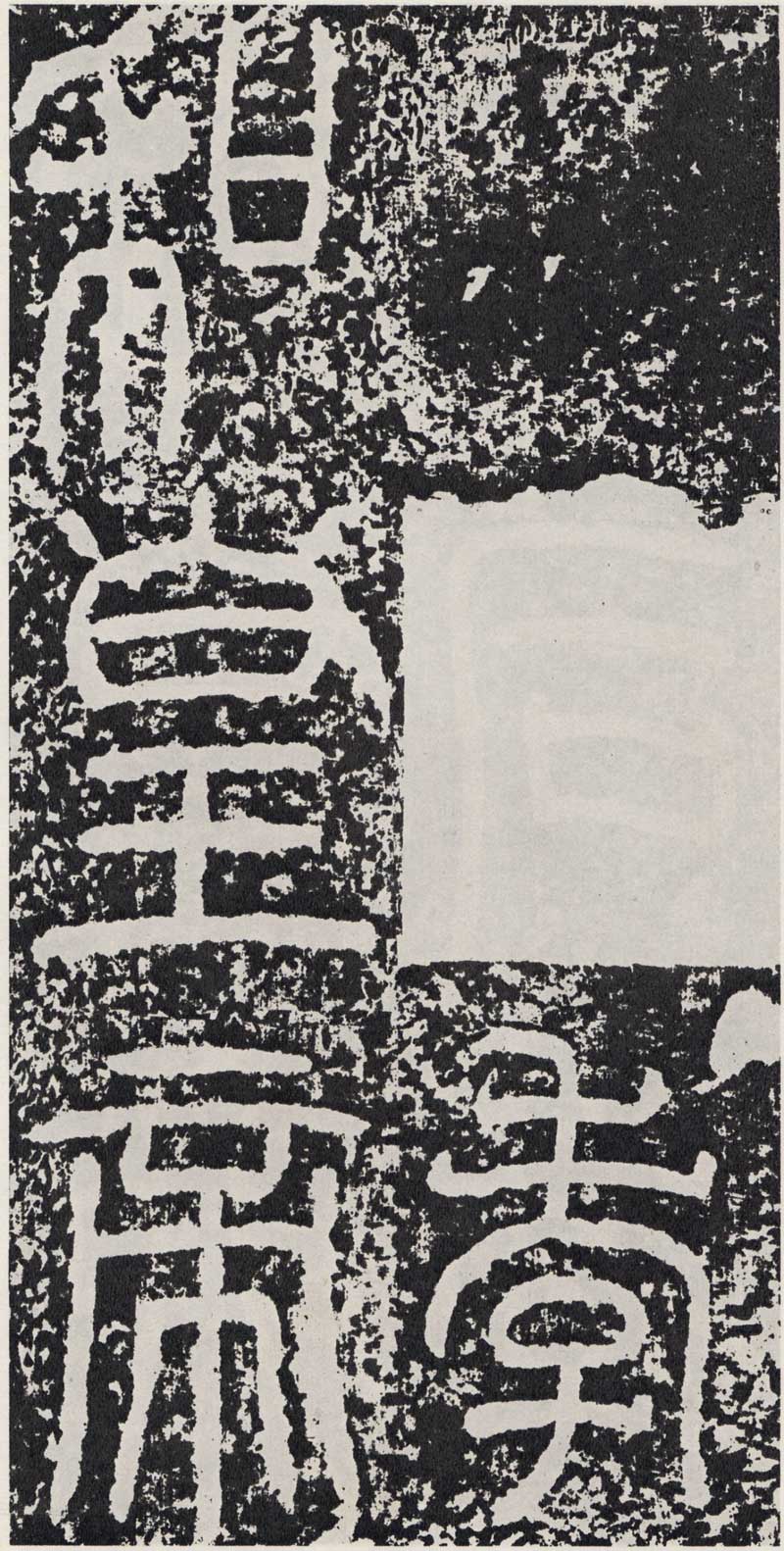
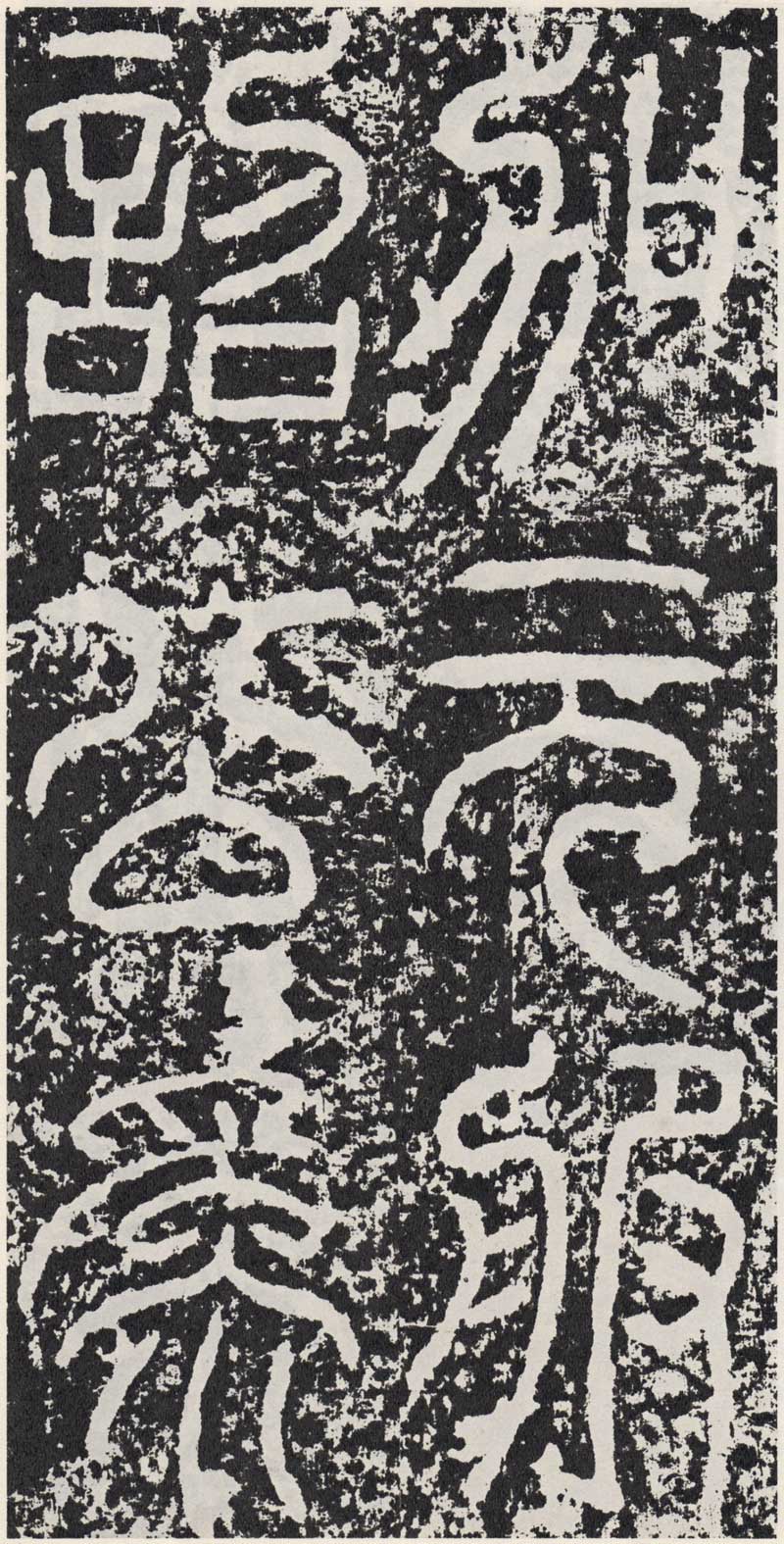
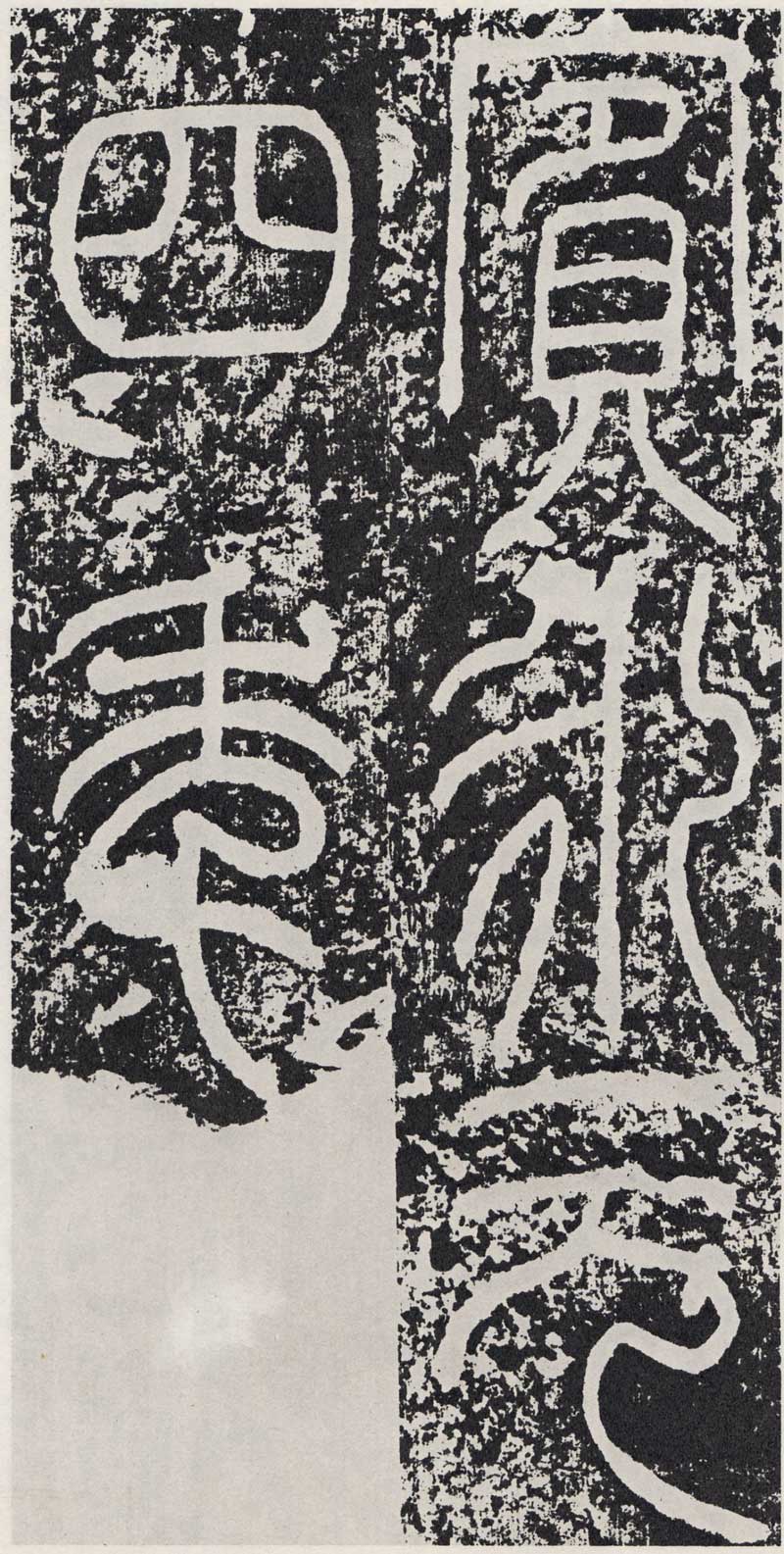
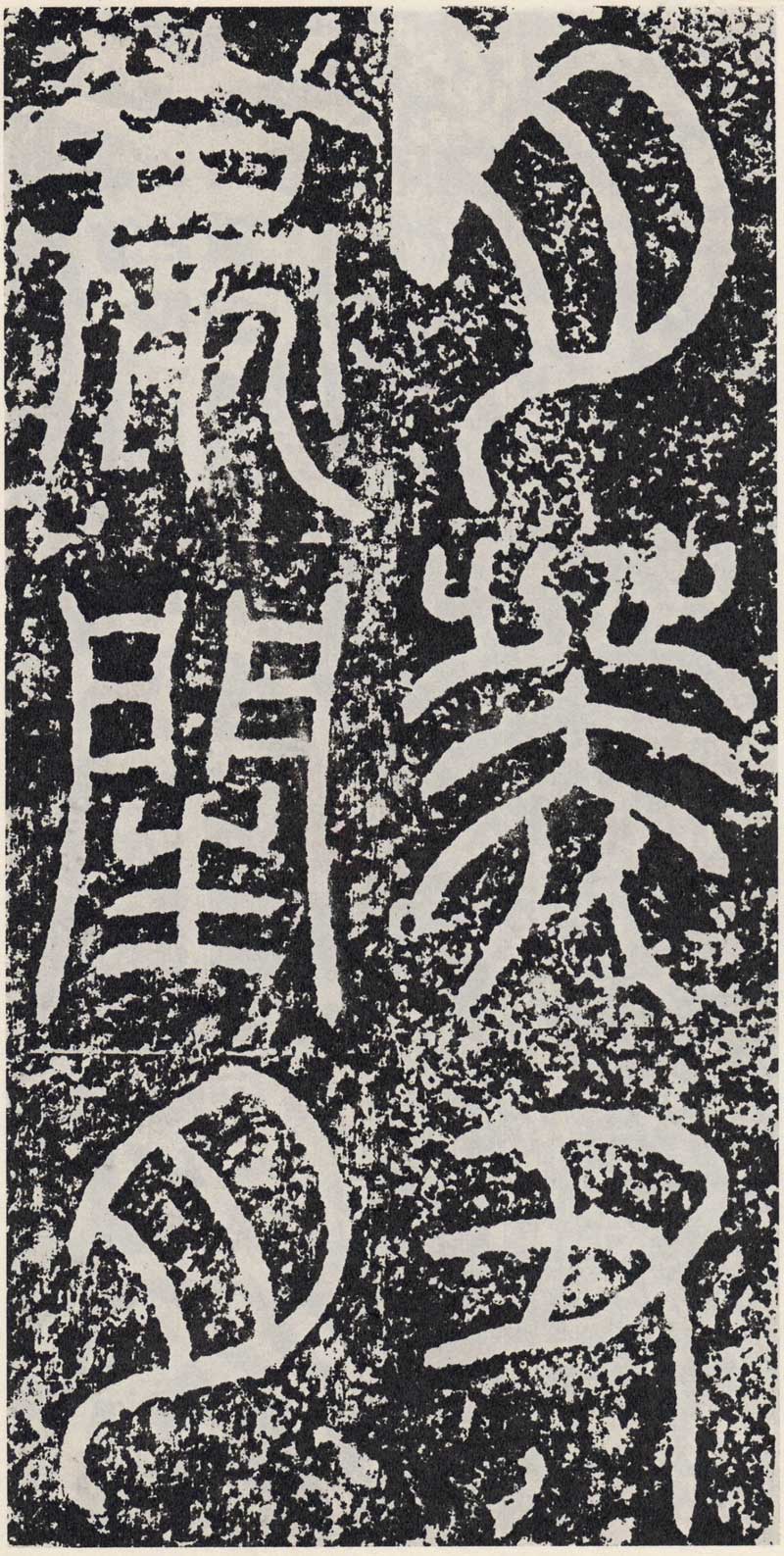
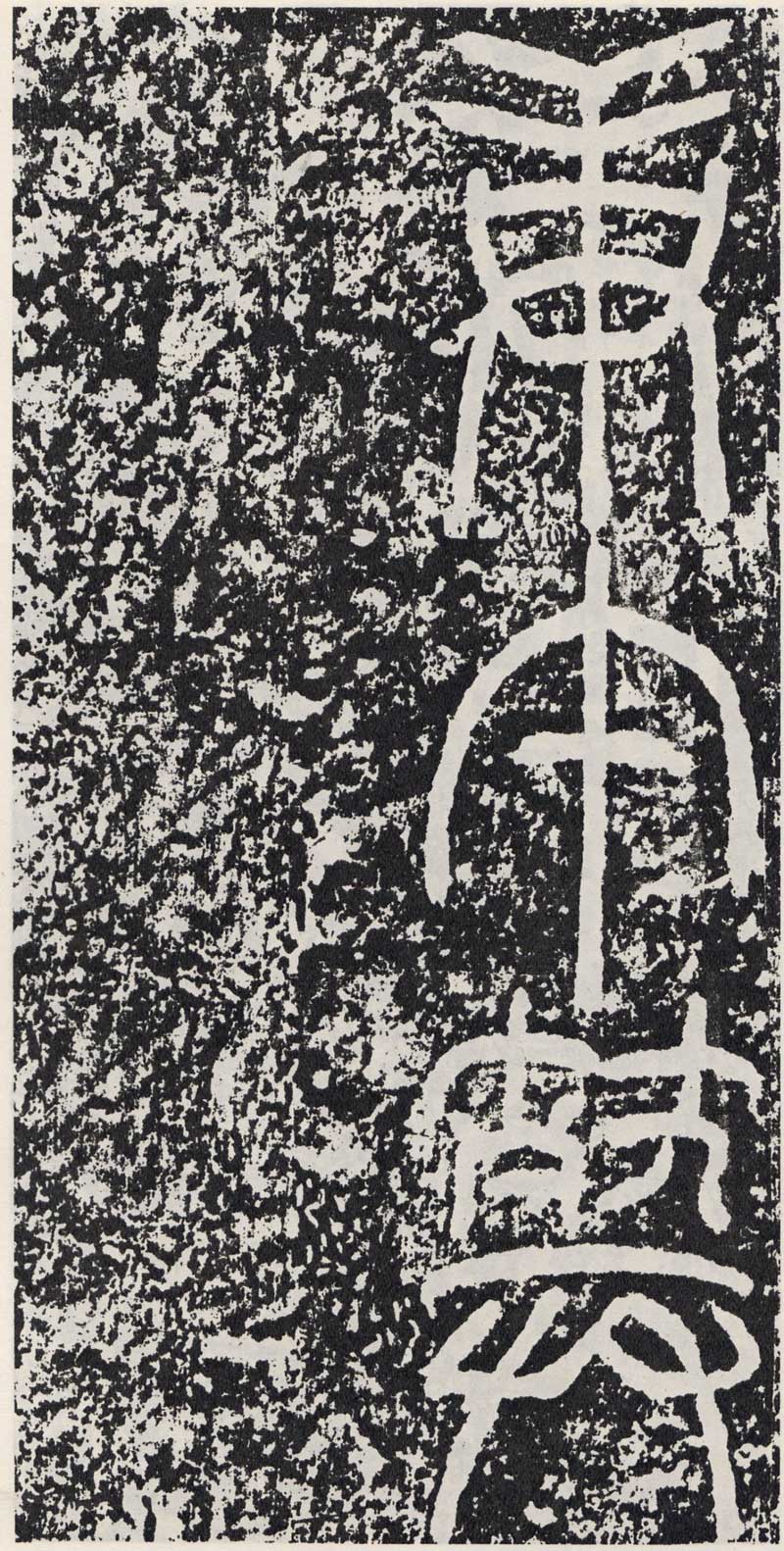
The content mainly records Yuan An's life, which is basically the same as "Book of the Later Han Dynasty: Biography of Yuan An", but it is simpler and has no praise inscriptions. There is a round stele on the stele between the fifth and sixth rows, right in the stele, which is the only one seen in Han dynasty stele. Because the stele was discovered relatively late, its characters are as sharp as new, the calligraphy is rich and ancient, majestic and colorful, the lines are slender and graceful, the body is powerful and smooth, and it is elegant and harmonious, showing dignity and squareness. It is a typical representative of the seal script of the Han Dynasty. Fei Shengqian, a modern calligrapher, commented on "Yuan An Stele": "The strokes on this stele are thin and strong, slender but thick, the structure is broad and broad, the brush strokes are round and even, and the characters are clear, which can be used for learning seal script and collecting rare books."
There are very few seal script steles handed down from the Han Dynasty. The famous ones are these two steles besides "Shaoshi Shinto Que Inscription", "Kaimu Temple Stone Que Inscription" and "Sacrifice to Sangong Mountain Stele". "Yuan An Stele" is the most complete seal script stele produced in modern times. The characters are as sharp as new and the boundaries are intact and visible. The seal scripts on the second stele are small seal scripts, with a broad structure and thin strokes compared to "Taishan Carved Stones". The bones are strong and elastic. The brush strokes are smooth and even, and the characters and strokes are all very clear. It is a good book for those who learn seal script. The Yuan An Stele is an extremely rare Han Dynasty tombstone written in seal script.
Explanation:
Situ Gong, Runan's daughter Yuan An, Zhao Gong, taught Meng's study of "Yi". In the second month of the third year of Yongping, he eliminated the doctor because of his filial piety and integrity. In the eleventh month of the fourth year, Gengwu, except for those who paid a visit. In April B of the fifth year, I moved to the East China Sea and moved to Yinpingchang. In February of the tenth year of Xinsi, he moved to Dongping and served as city magistrate. On Bingchen, the twelfth month of the thirteenth year, I paid homage to the Governor of Chu County. In August of the seventeenth year, Geng Shen went to worship Henan Yin. [Building] In June of the eighth year of the lunar month, Bingshen paid homage to the imperial servant. In the fifth month of the third year of Yuanhe, Bingzi paid homage to Sikong. In the sixth month of the fourth year, Ji Mao worshiped Situ. Emperor Xiaohe, Canadian Yuanfu, Zhao Gong as a guest. In the third year of Yongyuan's fourth year, Guichou passed away. Buried at Gengwu in the leap month.

